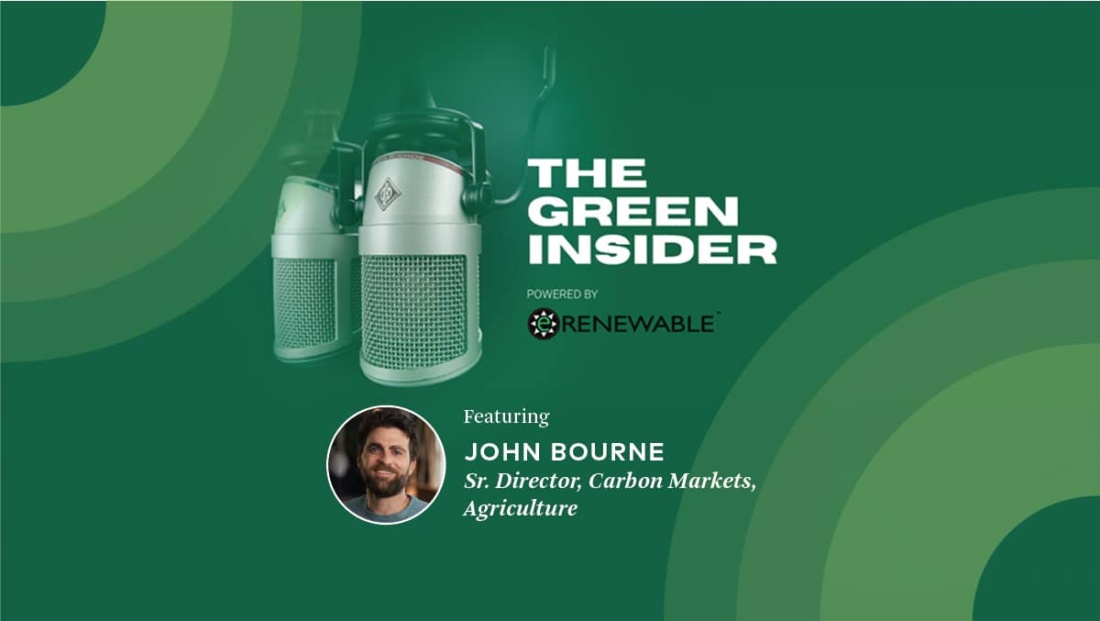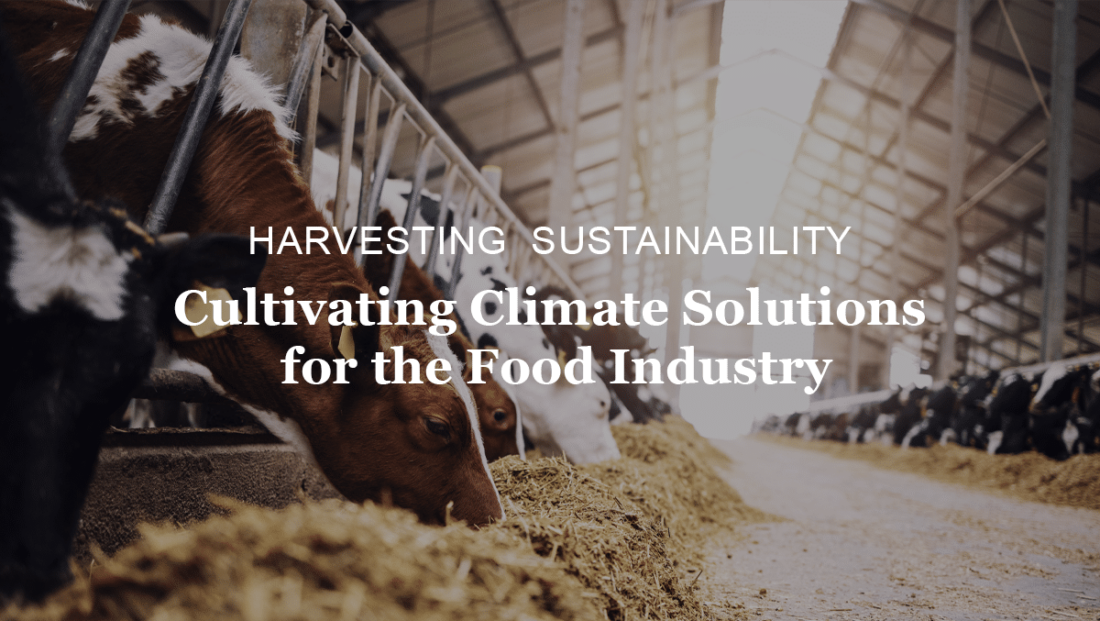
Last updated: 2/15/2024 As organizations and government entities edge closer to their net-zero goal timelines, the urgency for immediate action to reduce greenhouse gas emissions (GHG) intensifies. One key measure that is becoming more popular is the implementation of state and national Clean Fuel Standard (CFS) programs. By design, these initiatives intend to reduce the […]

Recorded May 2nd, 2024 A special lunch & learn where we explored the essentials of biochar, a cutting-edge carbon removal technology that is quickly gaining attention across the industry. What you’ll learn: The Science of Biochar: Understand how biochar is produced and how it functions as a carbon removal tool. Environmental Benefits: Explore how biochar […]

The double materiality assessment (DMA) and successful stakeholder engagement are crucial to corporate sustainability reporting.

How do carbon credits work and how can companies purchase carbon credits? Setting and achieving corporate climate targets is a laudable yet challenging goal. As much as you may want to reduce greenhouse gas (GHG) emissions, transitioning to net zero can take decades. However, buying carbon credits can help you compensate for emissions that you […]

The climate action journey is long, and luckily numerous companies have already gotten started. Many are taking steps to address their scope 2 electricity emissions through implementing energy efficiency, purchasing energy attribute certificates (EACs), executing power purchase agreements (PPAs), or other measures. While that’s a great start, most organizations’ scope 3, or indirect emissions, make […]

One of the more difficult places to make meaningful reductions is in scope 3, not just because of its size, but also due in part to the emissions falling outside of an organization’s direct control. However, organizations that collaborate with their suppliers will be in a stronger position to implement successful value chain interventions and […]

Recorded December 6th, 2023 Canada’s Clean Fuel Regulations (CFR) is an incentive program designed to encourage the use of clean transportation fuels, the production of those fuels and reduce GHG emissions from the transportation sector. The program is open to private and public fleets alike and presents an opportunity to reduce a fleet’s total cost […]

Interested in more on renewable energy markets? Download our latest report and subscribe to future editions of 3Degrees’ U.S. Market Insights Report to keep track of market trends and their effects on the renewable energy market landscape in the U.S. Organizations are increasingly setting ambitious clean energy commitments and goals. Renewable energy certificates (RECs) are […]

The first consultation on the UK’s Review of Electricity Market Arrangements (REMA) concluded in October 2022 and the results are in. After digesting the results, the UK Government’s Department of Business, Energy and Industrial Strategy (BEIS) published its summary of the feedback they received on their proposal for reform, and for those of you who […]

In this episode with Peter Weisberg goes into detail on how dairy digesters can play a role in state clean fuel standard and cap-and-trade programs, as well as the Federal Renewable Fuel Standard program. Peter breaks down their current trends and how supply and demand in these programs can influence digester project development. If you […]

3Degrees’ John Bourne joined Mike Nemer for eRENEWABLE and The Green Insider Podcast, where they discussed carbon insetting and original ways organizations are reducing emissions within their supply chain. Tune in as John explains, what carbon insetting is, how companies are using insetting to make significant impacts within their own supply chain, and the innovative […]

Join 3Degrees on a journey through the heart of sustainable agriculture! In this exclusive behind-the-scenes look, John Bourne, our Director of Agriculture, explores innovative methane reduction practices on two local farms. These practices aren’t just transforming the farming landscape; they’re making a direct impact on the carbon footprints of food and beverage manufacturers. Discover how […]
